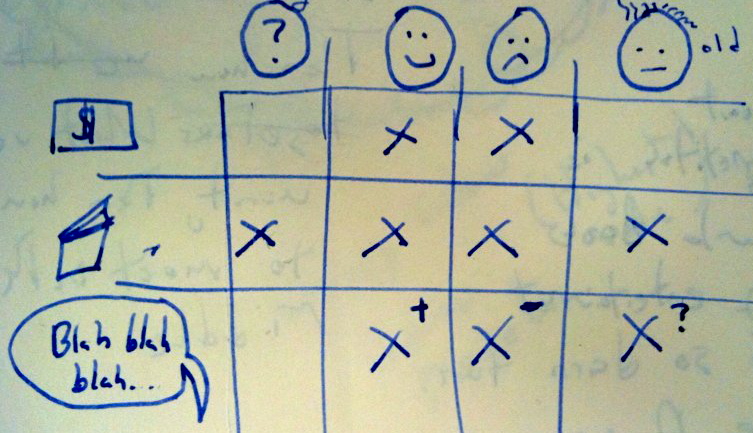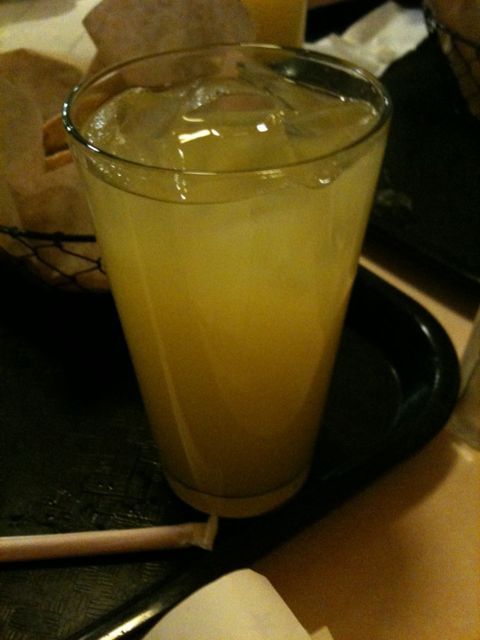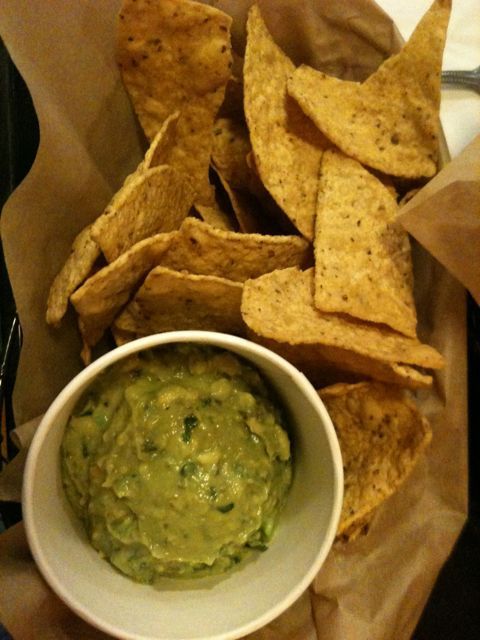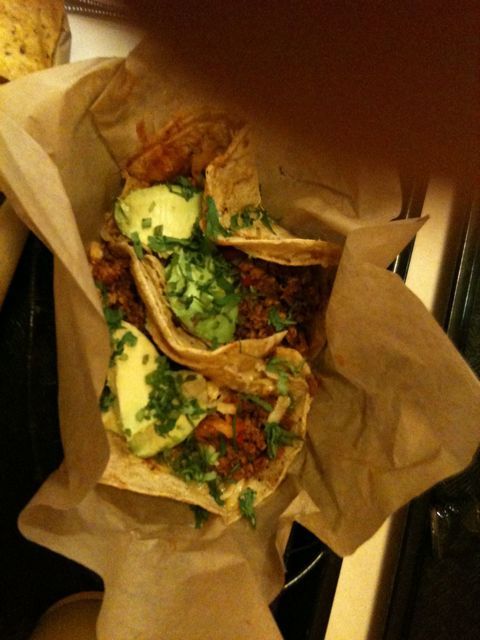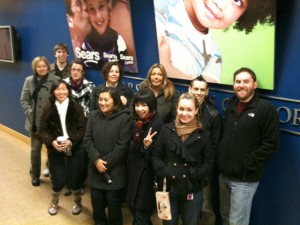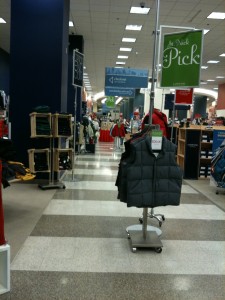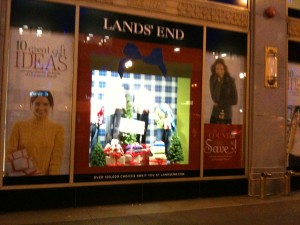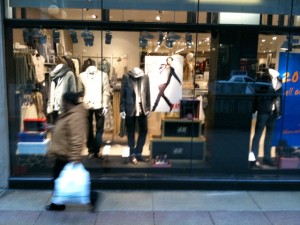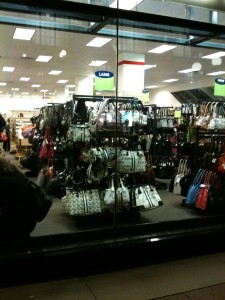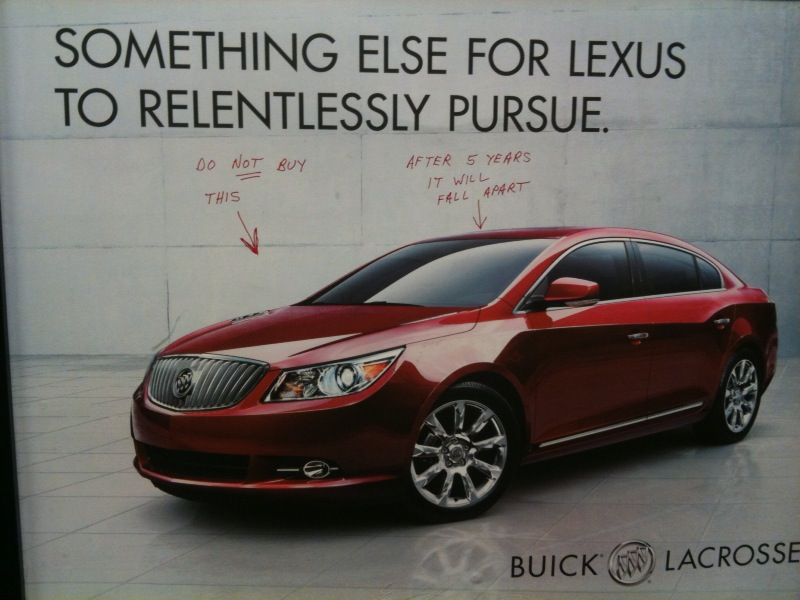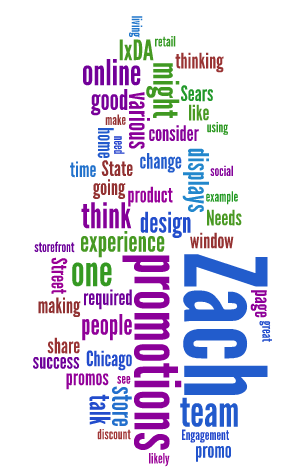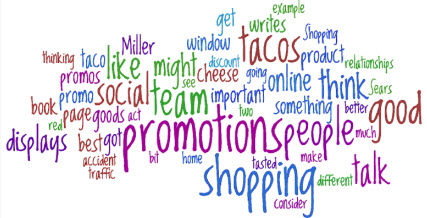Yesterday. the WSJ wrote about Burger King and how they were successful for the last couple of years focusing in on their “super fans” but lately Burger King has been falling in sales, perhaps the article suggests because BK ignored mothers and kids while the “super-fans” changed over time.
From a UX point of view – how long do we want to do our research impacts to last? How long do we expect our customer segments or personas, like “super fans,” to last?
How long do we go until we need to go back and re-examine? What is the half-life of our recommendations?
In a proposal to a client last year (successful won too) – I wrote up three different variant of the proposals. The more expensive option had a longer half-life. More research allowed finding “deeper-patterns” and the deeper patterns have a slower rate of change and thus opportunity build on those would last longer too. The straightforward logic was if you invest more time in research looking deeper, you will find deeper patterns, the insights and the opportunities that come out of those will then last longer and your payback will last longer. It is a better amortization schedule of research over a longer quantum of ROI.
For most of the work I am involved in and the usual research phases I see it possible to have good ROI for 8-12 months out. WIth more involved research, a few of the projects I can see about 18-24 months. My goal is to push for 5 years of impact. But that is quite a stretch goal.
What is your intended quantum of impact? Have you ever had a conversation with your clients about how a deeper research dive can result in longer ROI. Yes, it complicates the ROI calculations, but I think it is more honest and takes the conversation up a level to where we should be talking. When you are doing a project for a client, do you tell them up front how long you think they can wait until they need to look again at the customers, the experience, and the match between those two. If BK would have had and followed such advice it is possible they might not have found themselves in the situation they are in.
Reference
“As Sales Drop, Burger King Draws Critics for Courting “Super Fans”” by Julie Jargon
Wall Street Journal, Monday, February 1, 2010, Marketplace section, Page B1 & B2

